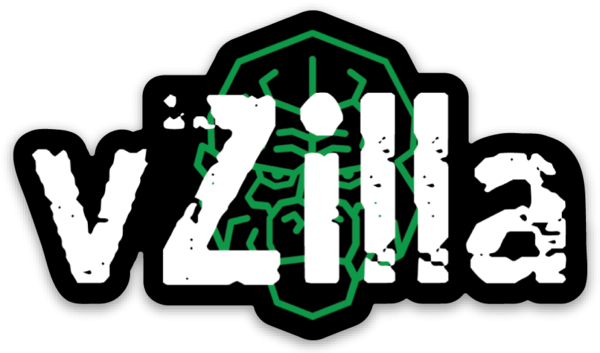Deploying the Veeam Software Appliance on Kubevirt
Virtual Machines on Kubernetes is a thing so I thought it would be a good idea to run through how to get the Veeam Software Appliance up and running on KubeVirt which will also translate to enterprise variants that use KubeVirt to enable virtualization on top of Kubernetes such as Red Hat OpenShift Virtualization and SUSE Harvester. I wrote about the Veeam Software Appliance and ran through the steps to get the system up and running as the brains of your backup environment along with some of the benefits it brings. For those familiar with the process I took in the above link in vSphere,Read More →


